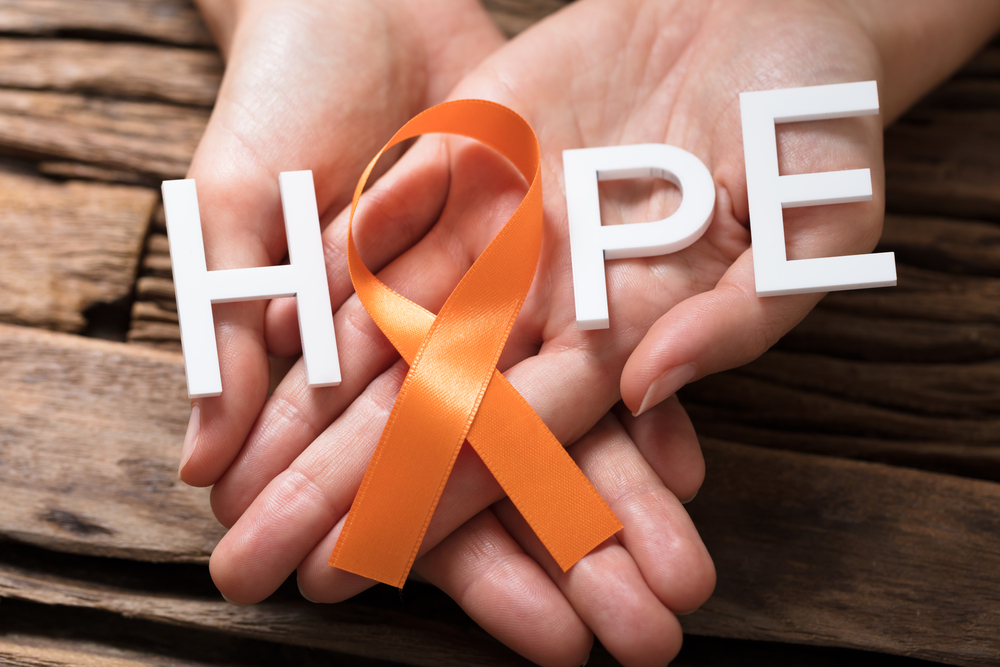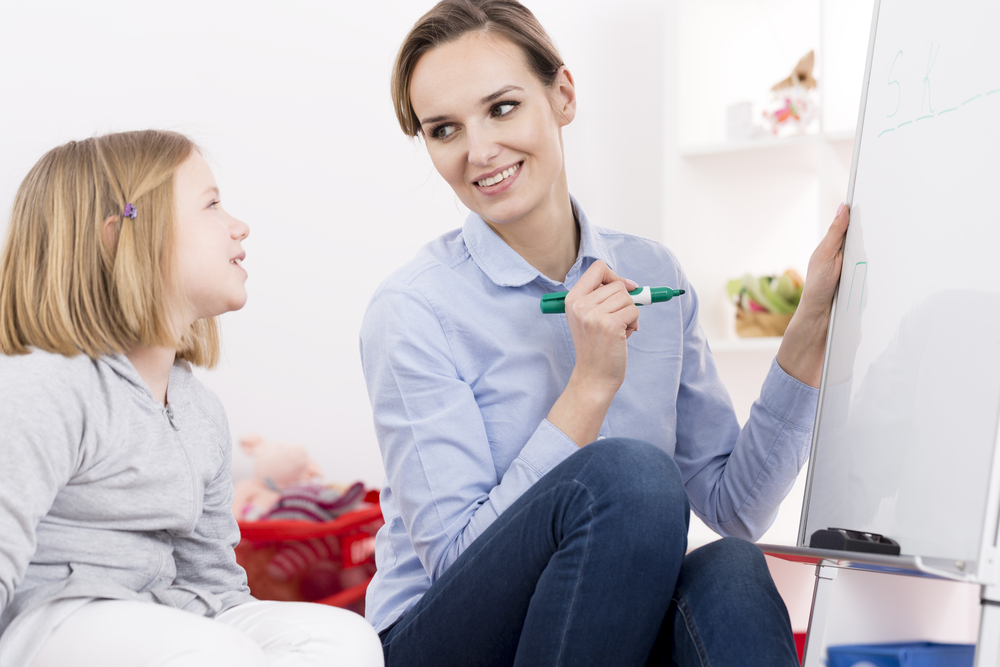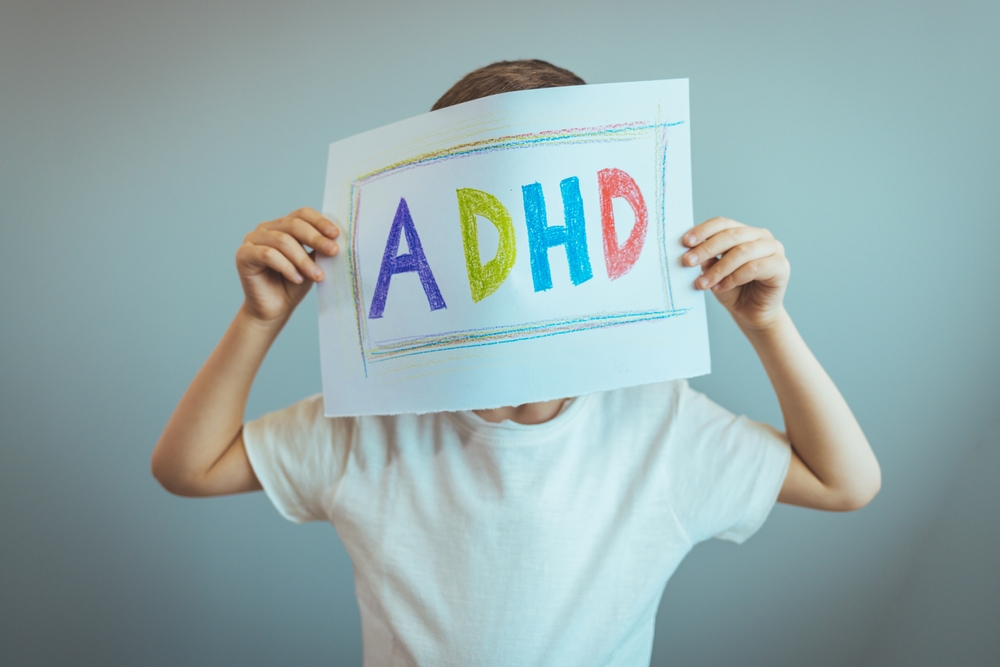Burnout is something many of us experience at some point in our lives. Whether it’s feeling completely drained after a long week at work, struggling to find motivation, or just feeling overwhelmed by the daily grind, burnout is a real and pervasive issue. It’s not just about being tired; it’s a state of emotional, physical, and mental exhaustion caused by excessive and prolonged stress. Let’s discuss the different types of burnout, how they impact our lives, and practical ways to manage and overcome them.
Types of Burnout
Burnout isn’t one-size-fits-all. It can take various forms, each with its unique challenges and triggers.
Occupational Burnout: Imagine dragging yourself to work every day, feeling like you’re just going through the motions. You’re constantly exhausted, find yourself becoming cynical about your job, and no matter how hard you try, it feels like you’re not getting anywhere. This is occupational burnout. It’s often caused by high workload, lack of control over your job, insufficient rewards, or feeling like your work isn’t valued.
Caregiver Burnout: If you’ve ever taken care of a loved one who is sick or have worked in a healthcare profession, you might be familiar with caregiver burnout. It’s the feeling of being emotionally drained and detached from the person you’re caring for. You might feel helpless and exhausted. This kind of burnout stems from the constant demands of caregiving, lack of support, and the emotional toll of seeing someone you care about struggle. This is also common for parents and teachers as they are often the main source of entertainment, education and safety to developing minds. It is such a fragile task to oversee caring for someone’s daily needs.
Emotional Burnout: Personal relationships can be a source of great joy, but they can also be incredibly taxing on our social battery and over all long term mental health. Emotional burnout happens when you’re emotionally overextended. You might feel drained by interactions with others, become irritable, or even feel numb. This often happens in toxic relationships, unresolved conflicts, or when you’re giving more emotional labor than you can handle because you are constantly interacting with this person and others on a daily or frequent basis.
Creative Burnout: For those in creative fields, burnout can hit when the ideas stop flowing. You might feel uninspired, frustrated with creative blocks, or just fed up with the constant pressure to innovate. Creative burnout can make it hard to do what you once loved. Although this may sound trivial to those struggling with more intense types of burnout, this can be excruciating to those who have a career involving creative aspects.
Impact on Well-Being
Burnout isn’t just about feeling tired; it can take a significant toll on your overall mental health and well being.
Physical Health Issues: Burnout can lead to chronic fatigue, headaches, muscle tension, and sleep problems. You might find yourself getting sick more often because your immune system is weakened. Over time, this can lead to more serious health conditions like heart disease or hypertension.
Mental Health Problems: Burnout can make you feel anxious, depressed, and irritable. You might feel a sense of helplessness or like you’re stuck in a rut. These feelings can lead to decreased life satisfaction and emotional instability. In some cases, people might turn to substances like alcohol or drugs to cope.
Behavioral Changes: When you’re burnt out, you might start withdrawing from responsibilities, procrastinating, or seeing a drop in your performance. You might even start avoiding social interactions or using substances to numb the stress. These changes can strain your relationships, lead to job loss, and further deteriorate your mental and physical health.
Evidence-Based Techniques for Managing Burnout
Managing burnout requires a well-rounded approach. Here are some evidence-based techniques that can help:
- Mindfulness and Meditation: Taking a few moments each day to practice mindfulness or meditation can make a huge difference. Mindfulness can help reduce stress, improve focus, and enhance emotional regulation. It’s about being present and fully engaging with the moment, which can help break the cycle of constant stress.
Cognitive-Behavioral Therapy (CBT): CBT is a powerful tool for identifying and changing negative thought patterns. It helps you develop healthier coping mechanisms and set realistic goals. CBT has been proven effective in treating anxiety, depression, and stress-related disorders, including burnout.
Exercise and Physical Activity: Regular exercise is one of the best ways to combat burnout. Activities like aerobic exercise, strength training, or yoga can reduce symptoms of depression and anxiety, improve your mood, and increase your energy levels. Even a short daily walk can make a big difference.
Time Management and Boundary Setting: Learning to prioritize tasks, delegate responsibilities, and set clear boundaries between work and personal life can significantly reduce stress. It’s important to give yourself permission to say no and to carve out time for activities that recharge you.
Social Support and Community: Building a strong support network of friends, family, and colleagues is crucial. Participating in support groups or seeking professional help when needed can provide a sense of community and understanding. Strong social support networks are associated with better mental health outcomes and can buffer against the effects of stress.
Professional Help and Counseling: Don’t hesitate to seek therapy from mental health professionals. Counseling can offer personalized strategies for managing burnout and improving mental health. Sometimes, just talking to someone who understands can make a world of difference.
Burnout is a prevalent issue in todays culture that can significantly impact your overall well-being. By understanding the different types of burnout and recognizing their symptoms, you can take proactive steps to address this challenge. Incorporating evidence-based techniques such as mindfulness, CBT, regular exercise, effective time management, and seeking social support can help you navigate and overcome burnout. Remember, it’s essential to prioritize self-care and seek professional help when needed to maintain a healthy, balanced life. Burnout might be a common struggle, but with the right tools and support, you can find your way back to feeling like yourself again.










